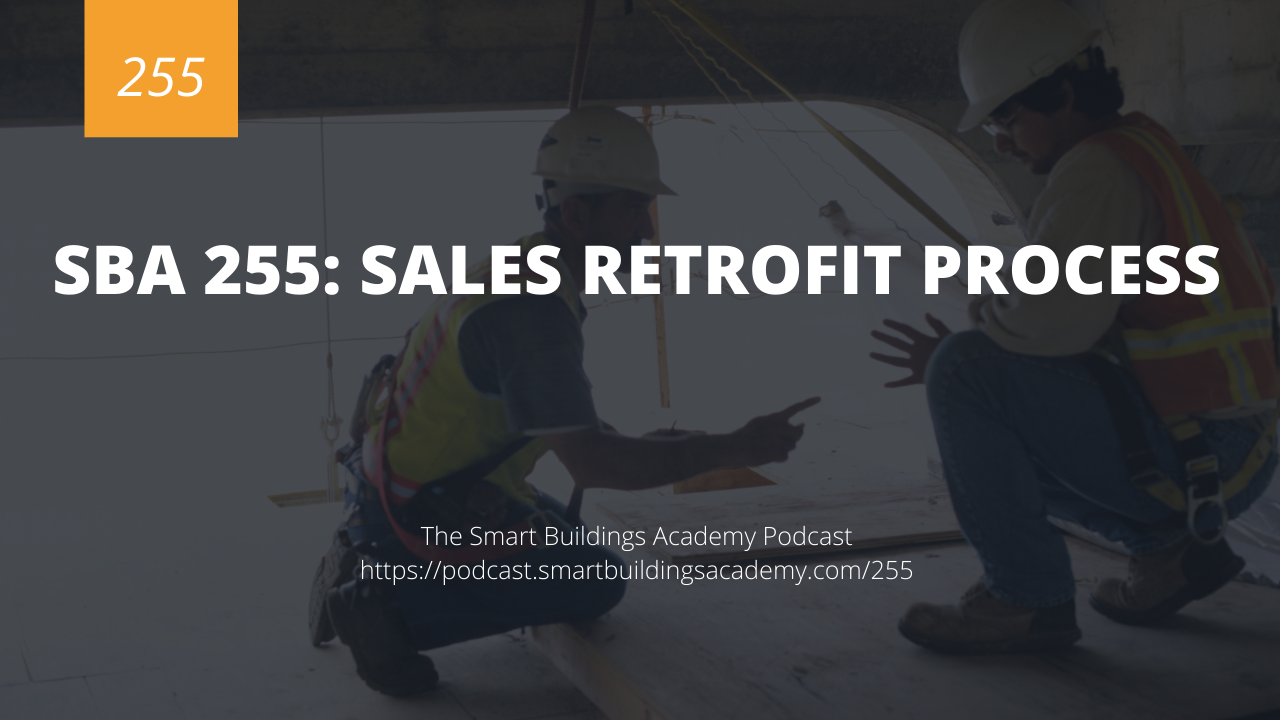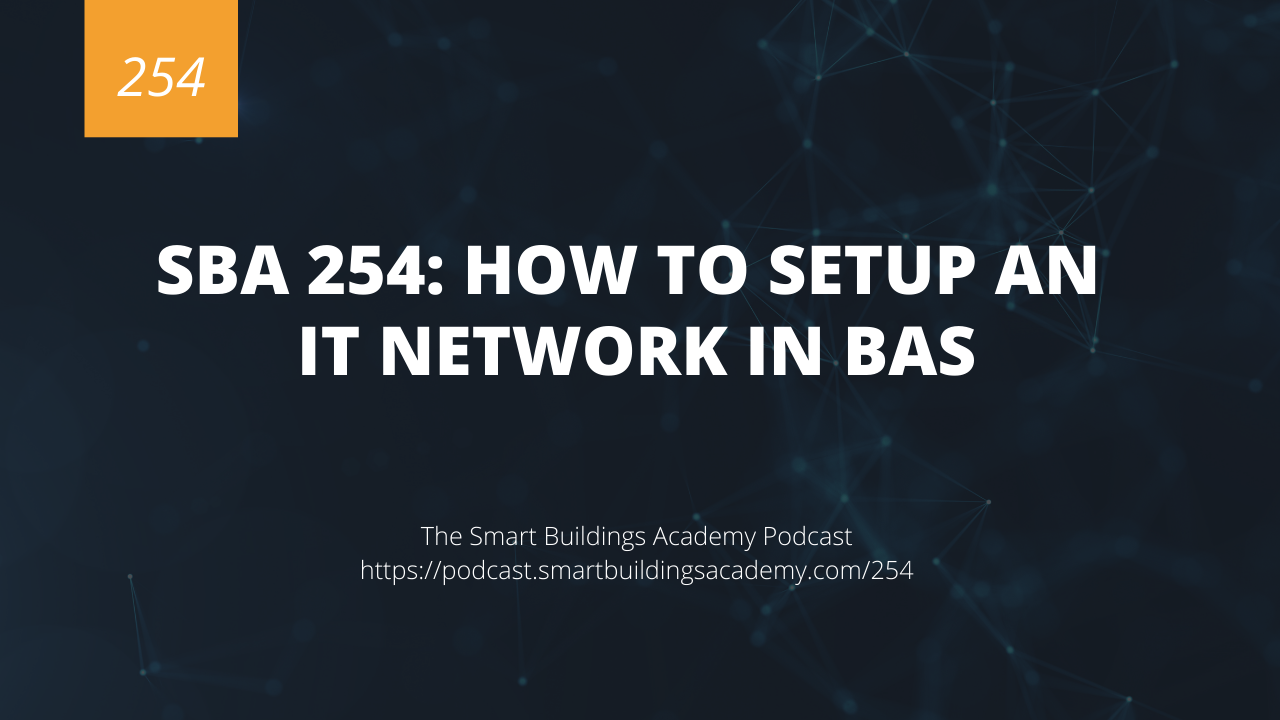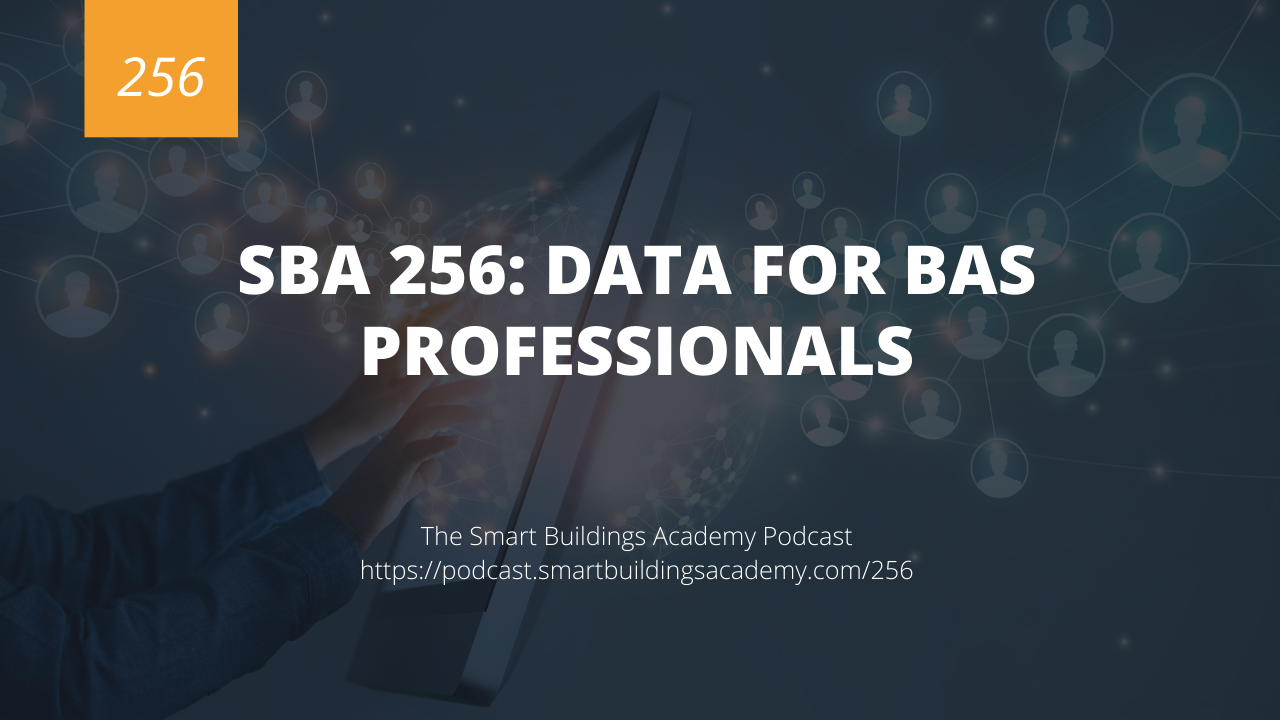In this episode of the Smart Buildings Academy Podcast, you will learn the retrofit sales process.
Click here to download or listen to this episode now.
Resources mentioned in this episode


Transcript
Phil Zito 0:00
This is the smart buildings Academy podcast with Phil Zito Episode 255. Hey folks, Phil Zito here and welcome to Episode 255 of the smart buildings Academy podcast. In this episode, we are going to be talking about the sales retrofit process. So the sales retrofit process is something that is going to be and should be at least right now very important for you if you're in sales. And why do I say that? Well, the majority of opportunities are going to be retrofit opportunities. They're going to be people who don't want to build new buildings, but they definitely want to modernize their existing buildings, whether that's for IQ reasons, whether that is just to increase tenant satisfaction, whether that is just to modernize a building that's aging, for whatever reason, they are going to want to retrofit. So that is what we're going to be discussing in this episode is how to go about doing a retrofit. And what does the retrofit sales process look like? As always, everything for this episode can be found at podcast smart buildings Academy comm Ford slash 255. Once again, that's podcast at smart buildings Academy comm forward slash 255. And I do want to mention, somewhat related There are five days left in our it for VA s professionals version two course. And that is definitely something you're going to want to sign up with. I'll tell you a funny story. Just the other day, I was working on cybersecurity for my business, and I had everyone in my company apply BitLocker to their hard drives, right, because I wanted to make sure we as a company, we're taking our cybersecurity duty, seriously. And so we implemented that. And of course, I lost the password for my BitLocker hard drive. So I had to actually go and reset my entire hard drive and reinstall everything, which was a major pain in the butt. And this is why it's so critical for us to understand it. That's definitely something I'll be talking about in the course. You know, things like encryption, things like cybersecurity, things like network setup, things like getting dynamic IP addresses, all those things that are typically needed of a building automation professional, we will be discussing in that course. So it's really important for you to sign up. Okay, let's talk sales retrofit. Alright, so picture this customer calls you up and they say, I want to go and modernize my building. That's like a dream call, right? You're like, oh, man, I have been waiting for someone to call me and tell me this. Let me tell you what we can do. But what do you tell them? What do you tell your customer? What should your customer do? What are the first steps? Well, in any retrofit scenario, it's important in in any sales scenario, it's important to qualify the buyer. But qualifying is a little bit different in retrofit sales, because it's typically not funded in a capex way it's typically funded from operational expenditures. So that's one of the things we want to understand is what is prompting this retrofit need? Where are the funds for the retrofit need coming from? How are we going to pay for this project? And what is the timeline and scope for the project? It's okay, if your customer doesn't know one of those, but if they don't know multiple of those, that should be a red flag that this is probably not a retrofit opportunity. And you probably need to do some more opportunity development in order to make this an actual sale. Okay, so we've talked about that. Now, let's say that that person says, Yeah, we've got a budget. We are getting tenant satisfaction reports that are saying they're unsatisfied with the space tamps things just aren't controlling accurately, we are having difficulty getting people out here to service the system. You know, it's all the stuff you've heard before. Well, our next step is to do our site audit. This is where we need to gather up all our documentation, what documentation you may ask, we need to get
as builts we need to get MEP documents, we need to get specifications, we need to get the O and M documents, we need to take any data we can off the existing building automation system and copy that down. So we need to take all of these data points and we need to go and feed them back to us. We need to make sure that we have these data points so that way we are accurately understanding what the as his picture of the building is the as his meaning, as the building is today. There's nothing worse than taking on a retrofit project. Not knowing that Most of the error handlers did not work. And then the customer being like, hey, the air handlers don't work now. And you're like, well, because they didn't work in the beginning. It's like, yeah, they did. And then you get in this pissing match, and it's no good, causes a lot of problems. So when we gather that documentation, it's important that we take our next step, which is validation of the site conditions. So it's not just enough to go and gather information and understand the site conditions, we need to also validate those site conditions, we need to go and gather documentation. And then we need to validate that documentation is indeed accurate. Once we have validated the documentation, then we're able to go and actually start to design our retrofit. But this is where we get a little different than normal projects. In normal projects, you're going to have an engineer of record, this person is going to be designing the spec, they're going to be designing the plans. I know we've all said, you know in the past, engineers, they they do cookie cutter or whatever, whatever. But the fact remains that without an engineer, you're doing everything. So you know, I like to say you don't really appreciate everything engineers do until you try to do it on your own. But whenever you're doing a retrofit, you're most likely doing it on your own. So that means load calcs that means sizing, any rebalancing, etc. So you need to start to account for all of this. And you also need to account for it under the scope of Hey, what is this customer trying to achieve? If they're trying to achieve better temperature while then going and working on the graphics is probably not a good use of their dollars. However, if their interface is not efficient, then going and working on their graphics may be a good use of dollars. But I can't tell you whether or not that is the case that is up to you to actually go and find out. Once you've done that, though, once you've figured out what they're trying to achieve the rest. I mean, it pretty much just follows the normal sales process is pretty straightforward, right? You go and you figure out what your scope is. You figure out the materials and labor associated with that scope. You build that out, you identify any subcontractors that may be needed and where they'll be needed. And you build that out. And then once you've done all of that, then it's a matter of just going and estimating the project scoping the project, handing it off to the customer and closing the deal. So there you have it, folks, a very simple sales retrofit project for you on this Friday morning. Hope this helps you out. Thanks a ton and be sure to go to podcast smart buildings academy.com Ford slash 255. To find out more about our upcoming it course and any resources mentioned in this episode, take care





